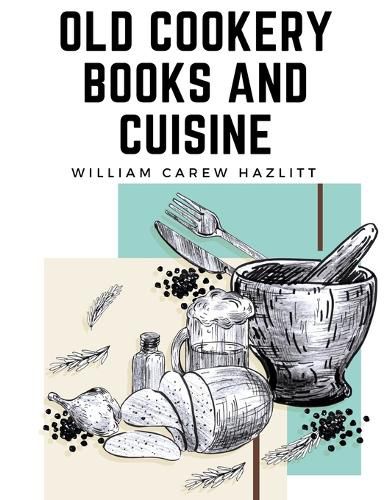Readings Newsletter
Become a Readings Member to make your shopping experience even easier.
Sign in or sign up for free!
You’re not far away from qualifying for FREE standard shipping within Australia
You’ve qualified for FREE standard shipping within Australia
The cart is loading…






This title is printed to order. This book may have been self-published. If so, we cannot guarantee the quality of the content. In the main most books will have gone through the editing process however some may not. We therefore suggest that you be aware of this before ordering this book. If in doubt check either the author or publisher’s details as we are unable to accept any returns unless they are faulty. Please contact us if you have any questions.
William of Malmesbury particularly dwells on the broad line of distinction still existing between the southern English and the folk of the more northerly districts in his day, twelve hundred years after the visit of Caesar.
He says that they were then (about A.D. 1150) as different as if they had been different races; and so in fact they were-different in their origin, in their language, and their diet. In his "Folk-lore Relics of Early Village Life," 1883, Mr. Gomme devotes a chapter to "Early Domestic Customs," and quotes Henry's "History of Great Britain" for a highly curious clue to the primitive mode of dressing food, and partaking of it, among the Britons.
Among the Anglo-Saxons the choice of poultry and game was fairly wide.
Alexander Neckani, in his "Treatise on Utensils (twelfth century)" gives fowls, cocks, peacocks, the cock of the wood (the woodcock, not the capercailzie), thrushes, pheasants, and several more; and pigeons were only too plentiful.
The hare and the rabbit were well enough known, and with the leveret form part of an enumeration of wild animals (animalium ferarum) in a pictorial vocabulary of the fifteenth century.
$9.00 standard shipping within Australia
FREE standard shipping within Australia for orders over $100.00
Express & International shipping calculated at checkout
This title is printed to order. This book may have been self-published. If so, we cannot guarantee the quality of the content. In the main most books will have gone through the editing process however some may not. We therefore suggest that you be aware of this before ordering this book. If in doubt check either the author or publisher’s details as we are unable to accept any returns unless they are faulty. Please contact us if you have any questions.
William of Malmesbury particularly dwells on the broad line of distinction still existing between the southern English and the folk of the more northerly districts in his day, twelve hundred years after the visit of Caesar.
He says that they were then (about A.D. 1150) as different as if they had been different races; and so in fact they were-different in their origin, in their language, and their diet. In his "Folk-lore Relics of Early Village Life," 1883, Mr. Gomme devotes a chapter to "Early Domestic Customs," and quotes Henry's "History of Great Britain" for a highly curious clue to the primitive mode of dressing food, and partaking of it, among the Britons.
Among the Anglo-Saxons the choice of poultry and game was fairly wide.
Alexander Neckani, in his "Treatise on Utensils (twelfth century)" gives fowls, cocks, peacocks, the cock of the wood (the woodcock, not the capercailzie), thrushes, pheasants, and several more; and pigeons were only too plentiful.
The hare and the rabbit were well enough known, and with the leveret form part of an enumeration of wild animals (animalium ferarum) in a pictorial vocabulary of the fifteenth century.